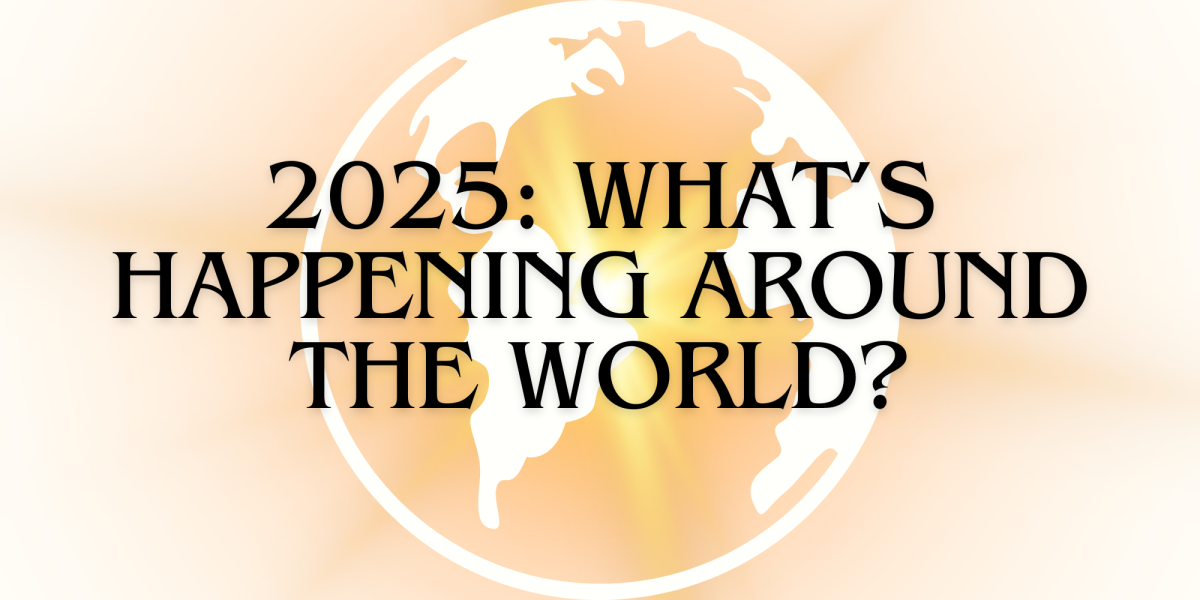Hurricane Helene
Summary:
Hurricane Helene was a major tropical storm that hit six states: Florida, Georgia, North Carolina, South Carolina, Virginia and Tennessee. Helene killed more than 230 people due to its extreme winds and severe flooding. More than half of these casualties remained in North Carolina as the hurricane devastated valley communities in Appalachia, isolated by the storm as it quickly rose to a category 4. Hurricane Helene was the deadliest hurricane since Hurricane Maria in 2017 and the estimated damages sum up to 200 billion.
Why it matters:
This storm hit the closest to home as many North Carolina towns, such as Chimney Rock, were swept away in the storm. Due to the proximity of this devastation, Carmel has responded with outreach through sending students, supplies and prayers for those who are affected.
Hurricane John
Summary:
Hurricane John was a hurricane that mainly affected the southern Pacific coast of Mexico during its destruction. It prompted many deadly mudslides and floods full of debris along the coast causing mass destruction. High winds managed to blow off many roofs and cause havoc on the local woods. Hurricane John rose to a category 3 hurricane as it landed in Punta Maldonado, a coastal Mexican community, creating winds of up to 120 mph for two days. The hurricane took the lives of 29 people before dissipating on September 27.
Why it matters:
The patterns of major weather events affects the world and the people in it. Though Hurricane John was not a direct threat to North Carolina, the devastation was still catastrophic and heartbreaking.
Hurricane Kirk
Summary:
Hurricane Kirk hit Western Europe, mainly affecting Spain, Portugal and France around Sept. 29. There were high risks of floods and worries about the wind gusts hitting 75-93 mph. This affected the people by forcing over 1 million of them to evacuate in coastal areas. The storm rose to a category 4 storm hitting 160 mph.
Why it matters:
This storm affected many of America’s alliances through NATO directly pulling in American support and awareness. When disasters are extreme, America sends resources through the NATO alliance, helping Americans to be more involved in the wider world surrounding them.
Hurricane Milton
Summary:
Hurricane Milton managed to knock out the power of 3 million people in Florida. The hurricane caused approximately 150 tornado warnings, 38 twisters and 8 deaths. These tornadoes are what cause most of the panic in Florida as they are not used to that kind of weather. The hurricane also caused a massive amount of traffic throughout the state. Hurricane Milton was the 13th storm of this hurricane season.
Why it matters:
This is important because Florida was faced with a new set of issues that they were not prepared for. This can serve as a learning opportunity for the states impacted as it is important to understand the issue and prepare for the future.
Scientific Conclusions
Many scientists believe that many of these storms’ intense surges of power were due to global warming. They also attribute the high wind speeds and power of the storm to a warmer climate and higher sea temperature. Scientists also relate the rising speed of winds to higher sea temperatures as it creates more fuel for hurricanes, causing a swift increase in category.











Bethany Welch • Oct 24, 2024 at 9:19 pm
Thanks for the important information, and it was so well written! 🙂
Dr. Chris Fryar • Oct 24, 2024 at 3:23 pm
Grace, this great and very informative article. It’s very much on people’s minds these days. Well done!
Sophie Muir-Taylor • Oct 23, 2024 at 9:20 am
Great overview of the hurricane season. Thanks for keeping us informed.
Gabrielle Goenaga • Oct 23, 2024 at 8:13 am
thank you for writing this article grace! it was very educating
Nick • Oct 23, 2024 at 8:05 am
I’ve never even heard about some of these hurricanes, scary how many there are!